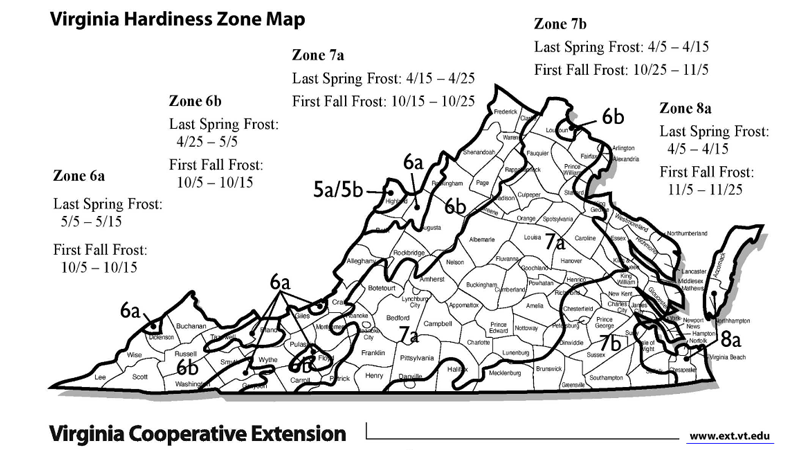Extending the Growing Season
Published 7:03 pm Tuesday, February 15, 2022

- (Submitted)
|
Getting your Trinity Audio player ready...
|
By Mark C. Carroll
It is a fine time of year to consider how to extend your growing season before spring planting efforts begin. A good first step is to understand what Hardiness zone you are in. As you can see from the image above, in our area you are in either Zone 7b or 8a. They both historically get the last frost by mid-April, however Zone 7b will typically get a fall frost a week or two prior to 8a. Now that we have some idea when the frost will be done, we can work backward from that date and look for a way to get our plants some warmth prior to that. Even just a few degrees can make a difference.
You can always put up a greenhouse and that is my recommendation. I think most home gardeners would find that suggestion impractical. While I have not put up a commercial style greenhouse, I have used a plastic mini-greenhouse, which had poles, shelves and a zipper for easy access. Mini-greenhouses come in a vast array of styles, sizes, quality, prices, dimensions, and portability, so with some careful consideration, there is a good chance you can extend your season, without a huge white monstrosity being installed in your front yard. It is probably a good idea to consider where you have sun during the colder months, arbitrary placement can negate benefits of solar heating.
What are some other options? Have you ever heard of, or considered garden “cloches”? If you took French, you may realize that a cloche means bell. A garden cloche is a bell-shaped enclosure that can sit over plants, creating a warmer temperature inside than outside. Typically, they are clear made from glass or UV-resistant plastic. In fact, a simple internet search of images using the word cloche will give you lots of ideas. There are commercial products which have many advantages including vents which allow some air exchange and allow water to penetrate, but can be pricy. Remember, plants under cloches will still need some water on occasion. More economical ways might include using a plastic tarp with something to hold it up higher than the plant, a dome of some sort, or an old fish tank that leaks.
Depending on how serious you are about extending your growing season and depending on whether you want a temporary or permanent solution, you may consider the cost, money well spent. There are a lot of options, far more than I covered here but using any of these methods or products to form a microclimate warmer than the surroundings will surely help you achieve your growth objectives.
On Feb. 15 the WTMG will be conducting a pruning workshop from 10 a.m. to noon at the Carrollton Library. This will be open to the public.





